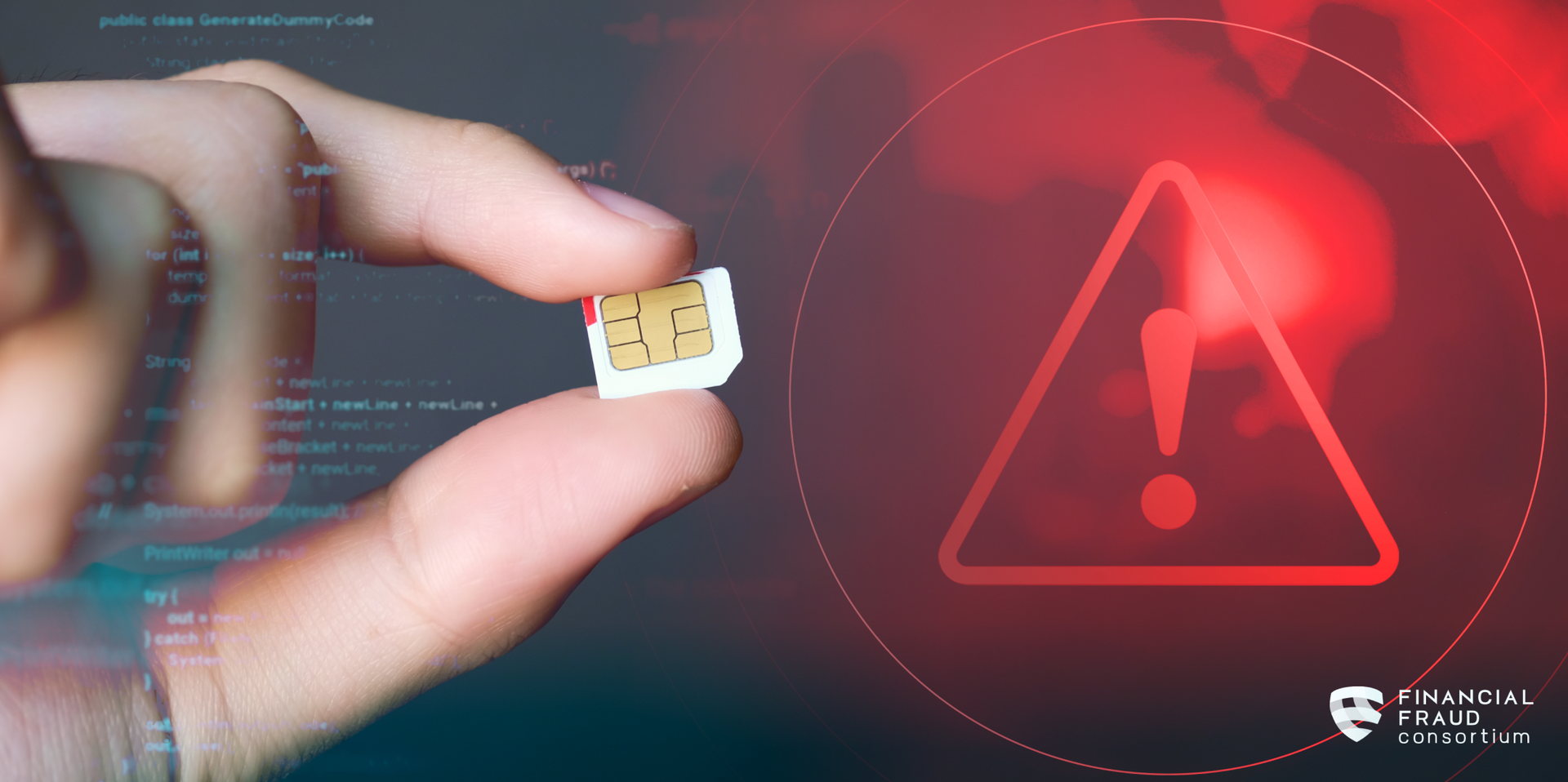Securing the Gateway: Strategies to Prevent Ransomware in Financial Services
Ransomware attacks, a form of cyberattack that’s become all too common in recent years, pose a significant threat to the financial sector, locking institutions out of their systems and demanding hefty ransoms to restore access. Not only do these cyberattacks disrupt operations, but they also threaten customer confidence and data security.
In continuation of our August monthly theme on the discussion on advanced and effective strategies that can strengthen the cyber defenses of financial institutions, we will focus this blog topic on preventive strategies that can shield financial institutions from such debilitating threats.
Understanding Ransomware Threats
Ransomware is a type of malware that encrypts an institution’s data, making it inaccessible until a ransom is paid.
Fraudsters typically infiltrate systems through phishing emails, compromised credentials, or unpatched software vulnerabilities. The repercussions of these attacks can be extensive, affecting not just the targeted institution but also the broader financial network.
Beyond immediate financial loss, ransomware attacks disrupt services, damage customer relationships, and can result in severe regulatory penalties if sensitive data is exposed. Institutions must therefore recognize ransomware not just as a potential IT inconvenience but as a critical threat to operational continuity and customer trust.
Adopting a Proactive Security Posture
Preventing ransomware starts with taking a proactive security posture.
Financial institutions should conduct regular vulnerability assessments and patch management to close any gaps that could be exploited by attackers. Advanced endpoint protection solutions can detect and neutralize ransomware payloads before they execute, providing an essential layer of defense.
Additionally, employing network segmentation can limit the spread of ransomware if it does penetrate the first layers of defense. By isolating critical network segments from one another, institutions can prevent an attack on one part from incapacitating the entire network, thus safeguarding vital operations and data.
Implementing Robust Backup and Recovery Plans
A robust data backup and recovery plan is critical in the fight against ransomware.
Regularly updated backups, stored in a secure, off-site location, ensure that institutions can restore their systems without succumbing to ransom demands. This strategy not only mitigates the impact of an attack but also significantly reduces the institution’s vulnerability to extortion. It’s essential that these backups are tested regularly to ensure they can be quickly and effectively deployed in a ransomware recovery scenario.
Effective testing guarantees that recovery processes are streamlined and staff are familiar with emergency protocols, further minimizing downtime in the event of an attack.
Enhancing Detection with Threat Intelligence
Integrating threat intelligence into cybersecurity operations allows financial institutions to stay informed about emerging ransomware threats and tactics.
By understanding the latest attacker methodologies, institutions can adjust their defenses in real-time, enhancing their ability to prevent attacks. Additionally, sharing threat intelligence among institutions can help the entire sector stay one step ahead of cybercriminals.
This collaborative approach not only bolsters individual institutions’ defenses but also enhances collective security across the financial industry. Leveraging insights from diverse sources ensures a broader understanding of ransomware trends, helping to predict and prevent future attacks more effectively.
Conclusion
Ransomware is a formidable challenge, but with strategic planning and the right tools, financial institutions can protect themselves from these invasive attacks. By investing in advanced cybersecurity measures, implementing strong backup protocols, and utilizing threat intelligence, financial institutions can maintain the integrity of their operations and the trust of their customers.
Looking to stay ahead of cyber fraudsters and learn from other financial institutions on their methods to combat fraud? Consider having your institution join the Financial Fraud Consortium today and gain access to resources and expertise that can help your institution remain secure and resilient against the growing types of cyber attacks.




